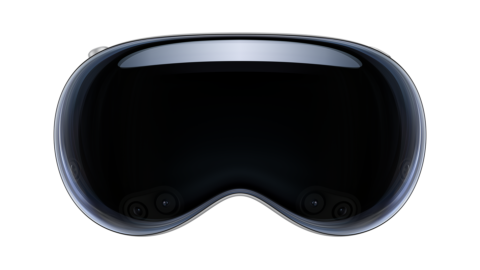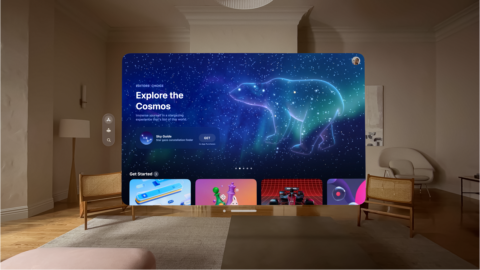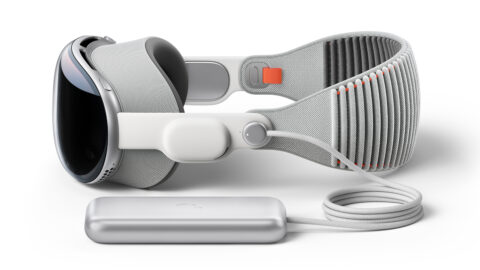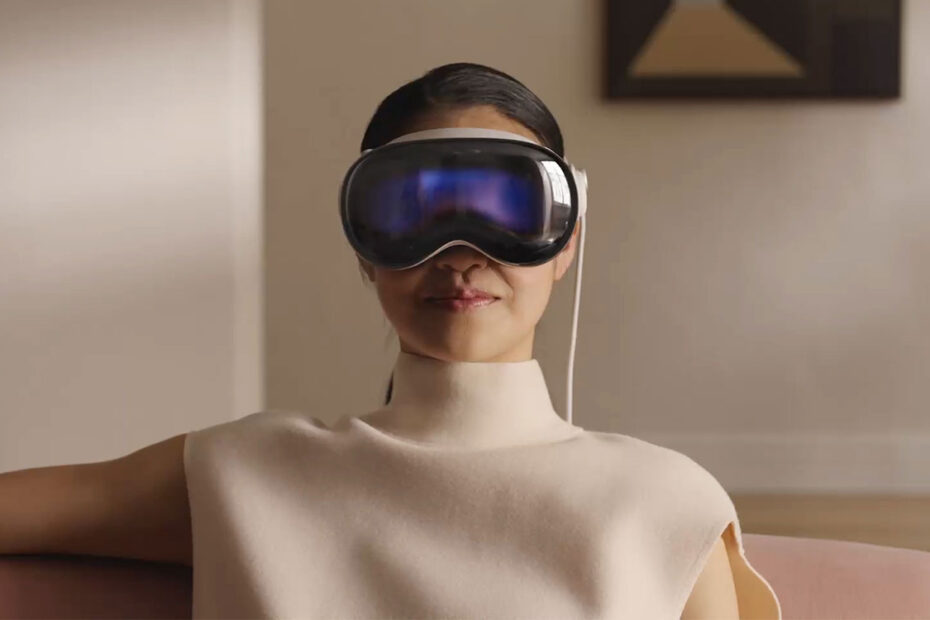Apple envisions a world where everyone wears its headset – but that world is years away
Technology companies operate in very different ways. Apple is deliberate, opinionated and cautious. It does not throw things at the wall to see what sticks. Because of this, the company only rarely adds new product lines. But this year at WWDC23, something new was revealed: Vision Pro.
An Apple headset was the worst-kept secret in tech, but is now finally more than breathless rumors. Apple showed off the hardware and software. Many were impressed. But there were nagging doubts – was Vision Pro a solution looking for a problem? Did it lack the clear definition the iPhone enjoyed during its own reveal, when it was called a widescreen iPod with touch controls, a revolutionary mobile phone, and a breakthrough internet communications device?
But perhaps the most important question is whether you should consider spending $3499 on an Apple headset when it arrives. To which we say yes. And also no. In short, it depends on what type of person you are. Let’s find out why.

Who Apple Vision Pro is for
Early tech adopters
For some people, messing around with tech is fun – owning a shiny new thing is how they get their kicks. If that’s not you, fair enough. But if it is, you’re likely already saving for a Vision Pro, and eagerly awaiting the day it can wrap photographic panoramas around you, and place you in immersive movie and creative experiences. Or, you know, just look really cool in your home.
App developers
A new platform is always a risk. It might become an iPhone, with almost limitless potential. Or it might become an Apple TV, where the opportunity for app and game sales is minimal. Still, for developers who decide they want to be there on day one, having real hardware to test on is a must. And with Apple making it relatively easy to port existing iPad apps to Vision Pro, that should only increase developer interest.
People who want massive screens everywhere
Vision Pro frees screen experiences from the limitations of physical equipment. You can have a full-size virtual cinema screen in your home, or place huge displays around your person to use with your favorite apps. For some, that’s the key draw, such as Apple commentator John Gruber, who said: “Vision Pro is easily worth $3500 alone just for watching 2D movies and TV and sports on a virtual high-res enormous screen.”
People with accessibility needs
Developer Jonathan Gerlach remarked that he has “wanted to turn on subtitles for real life” for over a decade, and can see Vision Pro use-cases for people who benefit from assistive tech. He invited people to use their imaginations to think of ways in which the headset could afford people opportunities for work and immersive socializing, while allowing them to remain safe in their homes.

A massive virtual screen in Vision Pro
Who Apple Vision Pro isn’t (yet) for
Average families
Apple appears to imagine a future where headsets replace physical screens. But also one where users aren’t isolated – because nearby people can ‘break into’ your virtual environment, and SharePlay allows for communal digital experiences. But buying a Vision Pro for every family member isn’t currently viable for many. We can’t see too many folks handing over a $3499 piece of tech to a 6-year-old so they can watch the latest Pixar movie on Disney+.
People who wear glasses
We’re not saying people who wear glasses are blocked from Vision Pro. Apple announced a partnership with Zeiss, for custom prescription inserts that will attach magnetically. That’s elegant – but may prove expensive. There will be extra outlay when prescriptions change or when inserts are lost. Which suggests that if you don’t have great eyesight, contact lenses would be a better bet when using Apple’s device.
Gamers
Most headsets are primarily geared towards gaming and immersive ‘metaverse’ virtual worlds. But during its WWDC23 keynote, Apple barely mentioned gaming in relation to Vision Pro, merely noting that 100 Apple Arcade games would be ready on day one. Those games are fine, but that suggests Apple considers gaming another flat-screen experience within Vision Pro. Gaming aficionados also noted the device’s lack of physical controllers – a must-have for immersive VR gaming.
Users who want the future right now
This is the version 1.0 Vision Pro. It’s impressive and in some ways a quantum leap over what else is out there. But if you were mad enough to take one on a plane, the battery wouldn’t even get through the average movie in the MCU. So Vision Pro is best considered a daring concept come to life, rather than mainstream consumer tech. Come back in a few years, though, and that will almost certainly have changed.


